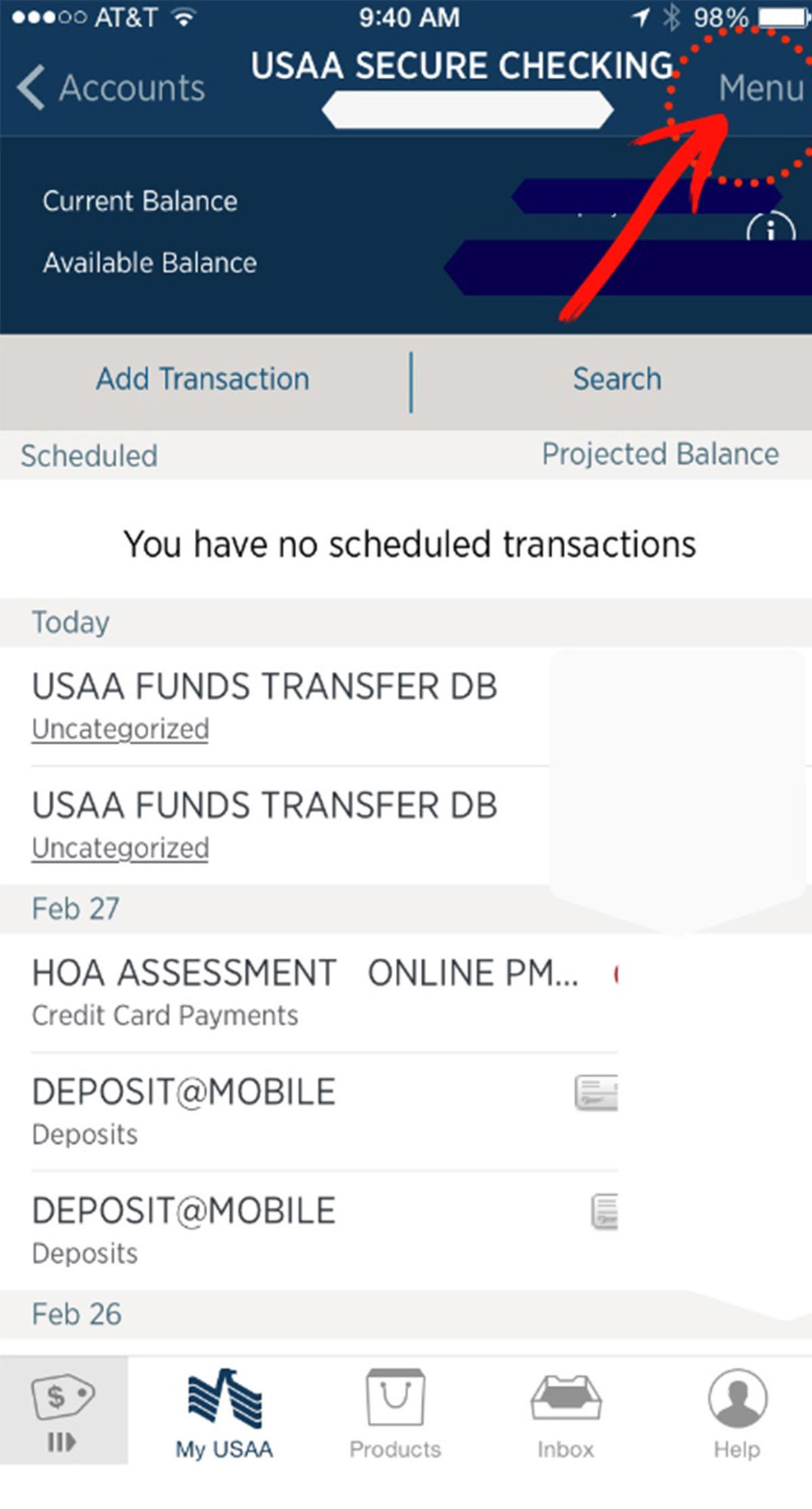

Finance
Loan-to-Deposit Ratio (LDR) Definition
Published: December 19, 2023
The loan-to-deposit ratio (LDR) is a crucial metric in finance, measuring a bank's ability to convert deposits into loans. Discover the definition and its significance in financial institutions.
(Many of the links in this article redirect to a specific reviewed product. Your purchase of these products through affiliate links helps to generate commission for LiveWell, at no extra cost. Learn more)
Understanding Loan-to-Deposit Ratio (LDR) in the Banking Industry
Finance is a complex field, and understanding the various terms and ratios used in banking is essential for individuals and businesses alike. One such term that you may have come across is the Loan-to-Deposit Ratio (LDR). But what exactly does it mean, and why is it important? In this blog post, we will delve into the definition of LDR and shed light on its significance in the financial landscape.
Key Takeaways:
- Loan-to-Deposit Ratio (LDR) is a metric used by financial institutions to measure their liquidity and risk management.
- LDR plays a crucial role in determining a bank’s ability to lend money to borrowers while maintaining a stable funding base.
The Loan-to-Deposit Ratio (LDR) is a financial indicator that shows the proportion of a bank’s total loans in relation to its total deposits. Put simply, it measures the amount of money a bank has lent out compared to the funds it has available from customer deposits. An LDR below 100% indicates that the bank has more deposits than loans, while an LDR above 100% means that the bank has lent out more funds than it has in deposits.
But why is this ratio so crucial for banks? Well, it’s all about maintaining a balance between lending and liquidity. A high LDR suggests that a bank is taking on more risk by lending out a significant portion of its deposits. On the other hand, a low LDR may indicate that a bank is not utilizing its deposits efficiently for lending, potentially affecting its profitability. Striking the right balance is essential for a bank to ensure stability and manage risk effectively.
Let’s break down the importance of LDR in the banking industry:
1. Liquidity Management:
Banks rely on deposits from customers to fund their lending activities. By monitoring LDR, banks can assess their liquidity position and determine how much they have available for lending. Maintaining a healthy LDR allows banks to avoid liquidity shortages and manage cash flow effectively. It ensures that they have enough funds to meet withdrawal requests from depositors while providing loans to borrowers.
2. Risk Assessment:
Keeping a close eye on LDR enables banks to assess their risk exposure. A higher loan-to-deposit ratio may suggest that a bank is lending out a significant portion of its funds, potentially increasing the risk of default if borrowers fail to repay their loans. On the other hand, a lower LDR may indicate that the bank is being too conservative in its lending practices. Striking the right balance between lending and deposit levels helps banks mitigate risks and safeguards their financial stability.
In conclusion, Loan-to-Deposit Ratio (LDR) is a crucial metric used by banks to gauge their liquidity position and risk exposure. Maintaining an optimal LDR is essential for banks to ensure stability and manage risk effectively in the ever-changing financial landscape. By understanding the significance of LDR, individuals and businesses can make informed decisions when engaging with financial institutions.














